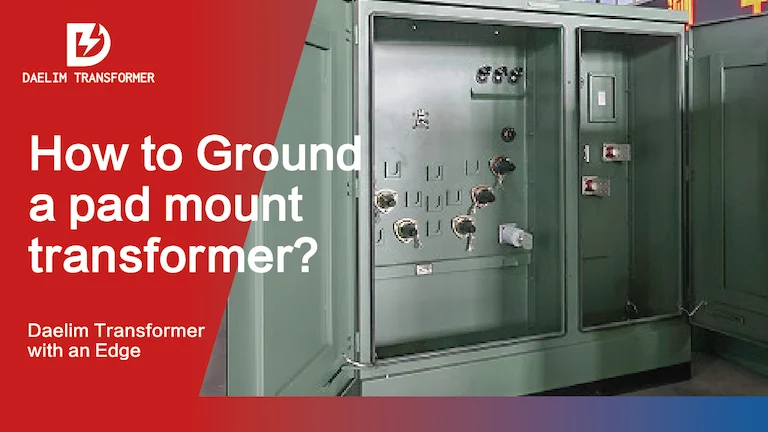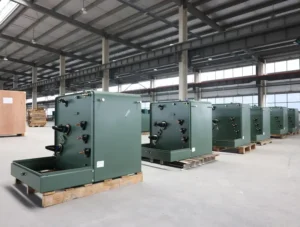how to ground a pad mount transformer?

Grounding a pad-mounted transformer is crucial for safety and operational efficiency. The process involves connecting the transformer’s grounding terminal to a properly designed ground grid or rod, ensuring a low-resistance path to earth. This minimizes electrical hazards, protects equipment, and ensures stable transformer operation. Proper grounding requires adherence to industry standards, correct placement of grounding rods, and secure connections to achieve optimal safety and performance.
Key Takeaways
- Grounding a pad-mounted transformer is critical for safety and operational stability, preventing electrical hazards and protecting equipment.
- The grounding process involves connecting the transformer’s grounding terminal to a properly designed ground electrode, such as a ground rod, ground grid, or plate electrode, following local electrical codes and standards.
- A grounding conductor, typically a #2 AWG copper wire, should securely connect the transformer to the grounding electrode, ensuring low impedance and effective fault current dissipation.
- Testing the ground resistance is essential; the target resistance should generally be less than 5 ohms, but this may vary based on specific requirements.
- Regular maintenance of grounding connections, including inspections for corrosion and secure fittings, is necessary to maintain grounding effectiveness and transformer safety.
Skid Mounted Transformer(Small-substastion Transformer)
Single Phase Pole Mounted Transformer
Oil Immersed Power Transformer
Table of Content
Grounding a pad-mounted transformer is an essential step in its installation, providing safety and protection against electrical faults. Here’s a practical guide on how to ground a pad-mounted transformer:
1. Understanding the Grounding Requirements
A pad-mounted transformer must be grounded to ensure a low-impedance path to earth, which helps in dissipating fault currents and protects the system. Grounding requirements are typically outlined in local electrical codes or standards such as the NEC (National Electrical Code). These standards specify the minimum requirements for grounding conductors, electrodes, and connections.

2. Selecting the Grounding Electrode
The grounding electrode can be a ground rod, a concrete-encased electrode, or a plate electrode. The most common choice is a copper or galvanized steel ground rod, typically 8 to 10 feet long, driven into the earth near the transformer. Ensure that the grounding electrode meets the size and material requirements specified by the relevant electrical codes
3. Connecting the Grounding Conductor
Use a grounding conductor to connect the transformer’s grounding terminal to the grounding electrode. The conductor should be of adequate size, typically a #2 AWG copper wire, to handle potential fault currents. The connection must be secure, with all connections properly tightened and corrosion-resistant.
Get it now: What is a pad-mounted transformer?
4. Installing a Ground Grid
For additional grounding protection, especially in high fault-current areas, a ground grid may be installed. This involves placing several grounding rods in a grid pattern connected by bare copper conductors, forming a mesh under the transformer pad. This approach improves the grounding system’s effectiveness by providing multiple paths for fault current to dissipate into the ground.
Get it now: What is a Skid Mounted Transformer?
5. Testing the Ground Resistance
After installation, it’s crucial to test the ground resistance using a ground resistance tester. The resistance should typically be less than 5 ohms, but specific requirements may vary. If the resistance is too high, additional grounding rods or a different grounding system configuration may be necessary.
6. Maintaining Grounding Connections
Regular maintenance of grounding connections is important to ensure long-term reliability. Inspect the connections periodically to check for corrosion or loosening. Proper maintenance can prevent grounding failures that might compromise the transformer’s safety and operational stability.
By following these steps, you can effectively ground a pad-mounted transformer, ensuring compliance with safety standards and optimal performance of the electrical distribution system.
Get it now: can low voltage transformers be mounted indoors?











